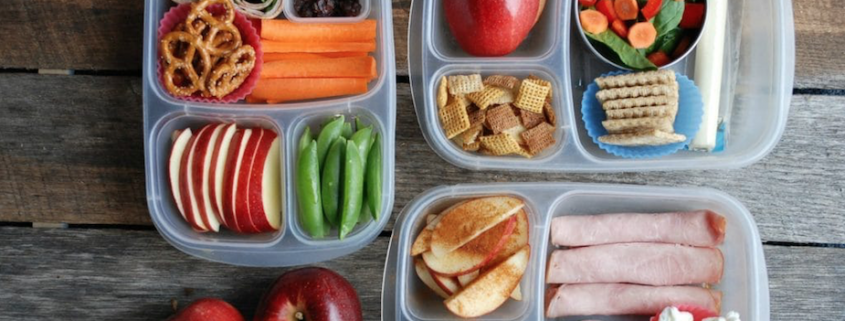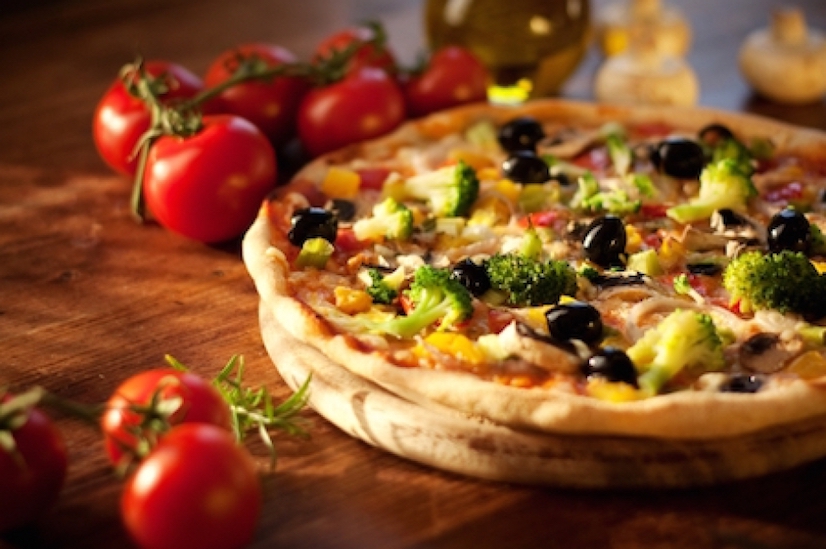“How can I pack a healthy lunchbox for my kids with foods they’ll actually eat?” This is by far one of the most common questions I get asked by parents, especially those with really picky eaters. In many cases, getting a child to eat healthy foods will truly take some out-of-the-box thinking.
So, to make the process a little bit easier, I’ve compiled a quick list of guidelines for relatively convenient and incredibly nutritious lunchbox options along with valuable tips for making them more fun and appealing to the kids.
Incorporate a Range of High-Protein Foods
First off, protein is for everyone, not just athletes, bodybuilders, and fitness enthusiasts. The body needs adequate amounts of this vital nutrient to build and maintain strong bones, muscles, and joints. Children often fall short on protein intake. This is not a good thing, as their growth and development is highly dependent on a constant supply.
Protein-rich foods are excellent for the lunchbox, as they keep kids feeling fuller and more mentally focused throughout the day. These foods can easily be eaten as stand-alone entrees, included in a sandwich or chopped up and added to salads, pastas and other dishes. Use last night’s high-protein leftovers like chicken, turkey or beef!
Chopped chicken breast or a drumstick, canned light tuna, salmon chunks, meatballs, string cheese, hardboiled eggs and edamame are among the most convenient and child-friendly options. In addition to these, some of my son’s personal favorites are chicken breast salads, panko baked nuggets, and oven roasted turkey breast sandwiches.
RECIPE: Protein-Rich Tacos with a Homemade Seasoning Mix
Add Fruits and Sneak in the Deeply Colored Vegetables
To obtain sufficient amounts of key vitamins and minerals, it’s important for children to consume 2-4 servings of fruit and 3-5 servings of veggies each day. This is not as difficult as parents think. In fact, a typical fruit serving is about the size of a small tangerine while a serving of veggies is equivalent to six raw baby carrots or ten cooked broccoli florets.
Now, deeply colored fruits and vegetables like blueberries, cherries, dark leafy greens, carrots and tomatoes are especially beneficial as they contain exceptionally high levels of antioxidants like carotenoids, flavonoids and lycopene due to their pigments. These antioxidants collectively enhance immune function and support overall good health.
When packing my son’s lunch, I generally include a nice mix of red and orange bell peppers, broccoli and carrots chopped into bite-sized pieces. I then garnish these veggies with fruits like grapes, mandarin oranges or chopped apples in order to mask the taste. For his salads, I simply shred up a couple of servings of spinach to mix with a little romaine lettuce, raisins or other dried fruit.
Lunchbox snack options are endless!
Just add a clementine, a small apple or a plum along with broccoli florets, bite-size cherry tomatoes or baby carrots. For the veggies, include dips like hummus or ranch dressing, as a little bit of fat actually helps the body to better absorb the antioxidants they contain. You can also dress a sandwich with some spinach or kale and then add a honey-flavored mustard or even a teaspoon of mayonnaise.
Related Article: Eight Super-Simple Ways to Get More Veggies Into Your Diet
Throw High-Quality Nut Butters into the Mix
Oftentimes spread on a sandwich, peanut butter has always been a cheap, quick and easy lunchtime staple for children but it’s much less welcome in schools these days due to the widespread presence of severe allergies.
Luckily, there are numerous other types of nut butter available on the market, many of which parents aren’t even aware of including almond, walnut and cashew butters. Nut butters themselves are rich in protein, healthy fat, fiber and many other important nutrients kids need.
Not only do they make great meat alternatives for sandwiches but they also make amazingly tasty dips for fruits and veggies like apple wedges, celery, and baby carrots. Now, the healthiest nut butters are free of trans-fatty acids (partially hydrogenated oils) and contain minimal add-ins like sodium and sugar so choose them wisely.
RECIPE: Perfect Peanut Butter and Banana Protein Muffins
Include High-Quality Whole Grain Foods
You can greatly boost the nutritional value of your child’s lunch by including whole grain foods like breads and wraps for sandwiches or crackers, cereals and plain popcorn as snacks. Fortunate for us parents, these foods can appease even the pickiest eaters.
Indeed, some of my son’s personal favorites include whole wheat bread, plain Cheerios, and popcorn.
Whole grains are an excellent source of fiber and contain a wide range of beneficial nutrients that promote healthy growth and development including high-quality carbohydrates, protein, B-complex vitamins, zinc and magnesium. However, I must emphasize that all whole grain products are not created equal.
Many products marketed as whole grain (100% wheat flour, multigrain, cracked wheat, fifteen grain and twelve grain) are really refined and have been stripped of most essential nutrients. Real whole grain products contain at least 16 grams per serving and their packages always list a “whole grain” as the first ingredient.
Related Article: Seven Food Labeling Tactics That Are Making People Sick
Finally, sufficient water intake throughout the day is especially important for children so don’t forget to include a reusable bottle for regular filling.
Now, hopefully I’ve provided you with some good information and valuable tips for packing a healthy lunchbox. By implementing these simple guidelines, your kids will get adequate nourishment for the day with foods they’ll actually enjoy eating.







